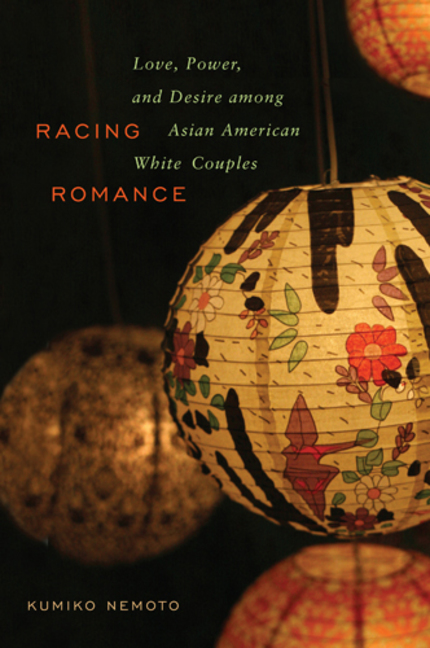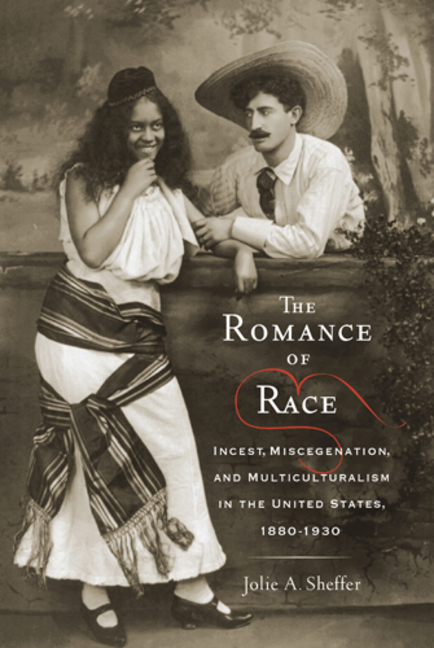Travel Light Travel DarkPosted in Books, History, Media Archive, Poetry, United Kingdom on 2012-09-24 18:05Z by Steven |
Bloodaxe Books
2013-06-30
96 pages
216 x 138 mm
Paperback ISBN: 9781852249915
John Agard has been broadening the canvas of British poetry for the past 35 years with his mischievous, satirical fables which overturn all our expectations. In this new symphonic collection, Travel Light Travel Dark, Agard casts his unique spin on the intermingling strands of British history, and leads us into metaphysical and political waters. Cross-cultural connections are played out in a variety of voices and cadences. Prospero and Caliban have a cricket match encounter, recounted in calypso-inspired rhythms, and in the long poem, “Water Music of a Different Kind,” the incantatory orchestration of the Atlantic’s middle passage becomes a moving counterpoint to Handel’s Water Music.
Travel Light Travel Dark brings a mythic dimension to the contemporary and opens with a meditation on the enigma of colour. Water often appears as a metaphoric riff within the fabric of the collection, as sugar cane tells its own story in “Sugar Cane’s Saga” and water speaks for itself in a witty debate with wine, inspired by the satirical tradition of the goliards, wandering clerics of the Middle Ages.




